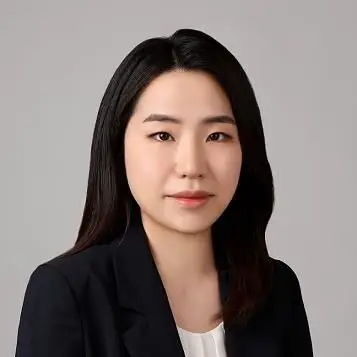On Monday, an assembly of former military leaders and cybersecurity experts convened to mark the launch of a new association dedicated to mitigating cybersecurity risks in military weaponry.
“The world is evolving at a very fast pace, with notable advances in artificial intelligence, drones, robots, and space,” observed Kim Seung-joo during the opening ceremony of the inaugural meeting. Seung-joo, who serves as the first chair of the Korea Security Association for Emerging Military Technologies (KSAEM), is also a member of the presidential defense innovation committee.

The chair highlighted two key dimensions in the ongoing technological revolution: the rapid evolution of communication and sensor technologies, and the substantial progress in software. To illustrate, he referenced the prevalence of sensors in everyday tech, with smartphones carrying between 10 to 15 sensors, and contemporary cars outfitted with close to 200. Such technological strides, Kim mentioned, can be adapted and integrated into military weaponry, amplifying their communication and sensing functionalities.
In a nod to the transformative power of software, Kim Seung-joo drew parallels with Tesla’s automotive technology. Just as a Windows update can redefine a computer’s capabilities overnight, Tesla owners often wake up to a vehicle enhanced by the latest software tweaks. This, Kim underscored, heightens the need for cybersecurity measures, especially when it comes to sensor and communication technologies. These systems could serve as vulnerable entry points for malicious actors looking to compromise advanced technological devices.
“These factors are not isolated to consumer tech. In fact, they’re deeply ingrained in modern defense systems as well,” the chair pointed out to the nearly 90 attendees of the event. “Many weapon systems now boast advanced sensors and communication functions, and they are increasingly software-reliant. This evolution brings with it a host of cybersecurity challenges.” Kim further delineated the association’s mission, emphasizing its role as a nexus among public, private, and academic sectors to collaboratively bolster South Korea’s military capabilities and national security.

Park Choon-seog, the secretary general of KSAEM, laid out in detail the roadmap for the association’s upcoming initiatives. According to Park, KSAEM is gearing up to establish a strategic center aimed at offering in-depth intelligence research on both domestic and international emerging cyber threats. In addition to that, the association is committed to cultivating the next wave of security experts who will be well-versed in cutting-edge military technologies. Park also revealed plans to actively sign memorandums of understanding with relevant organizations in the field, such as the Korea Institute of Information Security & Cryptology (KIISC), the Korea Internet & Security Agency (KISA), and the Korea Israel Industrial R&D Foundation, to foster collaborative research and project development.


